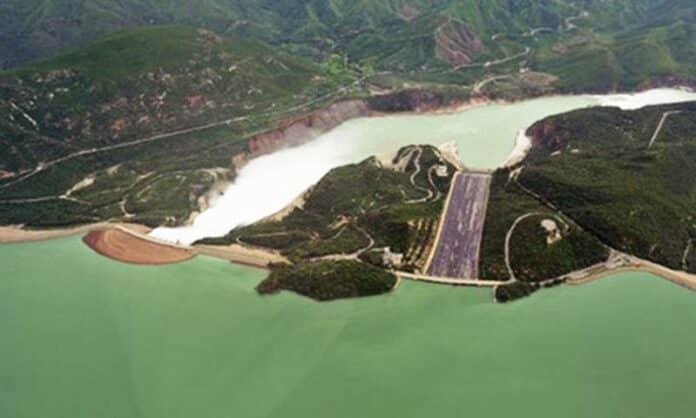Tarbela Dam, on the Indus River in Pakistan’s Khyber Pakhtunkhwa province, is the world’s largest earth-filled dam. The dam rises 143 metres (470 feet) above the riverbank, with Tarbela Lake, its reservoir, covering around 250 square kilometers.
The dam, which was finished in 1976, was designed to use water from the Indus River for agriculture, flood control, and hydroelectric power generation by storing flows during the monsoon season and then releasing them during the winter low flow period.
After completion of the planned fifth extension, supported by the Asian Infrastructure Investment Bank and the World Bank, the installed capacity of the 4,888 MW Tarbela hydroelectric power stations will expand to 6,298 MW.
Because of sedimentation during the last 38 years, the Tarbela reservoir’s live storage capacity has dropped by more than 33.5 percent to 6.434-million-acre feet (MAF) from its original capacity of 9.679 MAF. The dam’s and reservoir’s useful lives are expected to be around 50 years. However, sedimentation has been far lower than expected, and the dam’s useful life expectancy is now estimated to be 85 years, or until around 2060.
Upstream of Tarbela, Pakistan aims to build many big dams, notably the Diamer-Bhasha Dam. Sediment loads into Tarbela would be reduced by 69 percent if the Diamer-Bhasha dam is completed.


